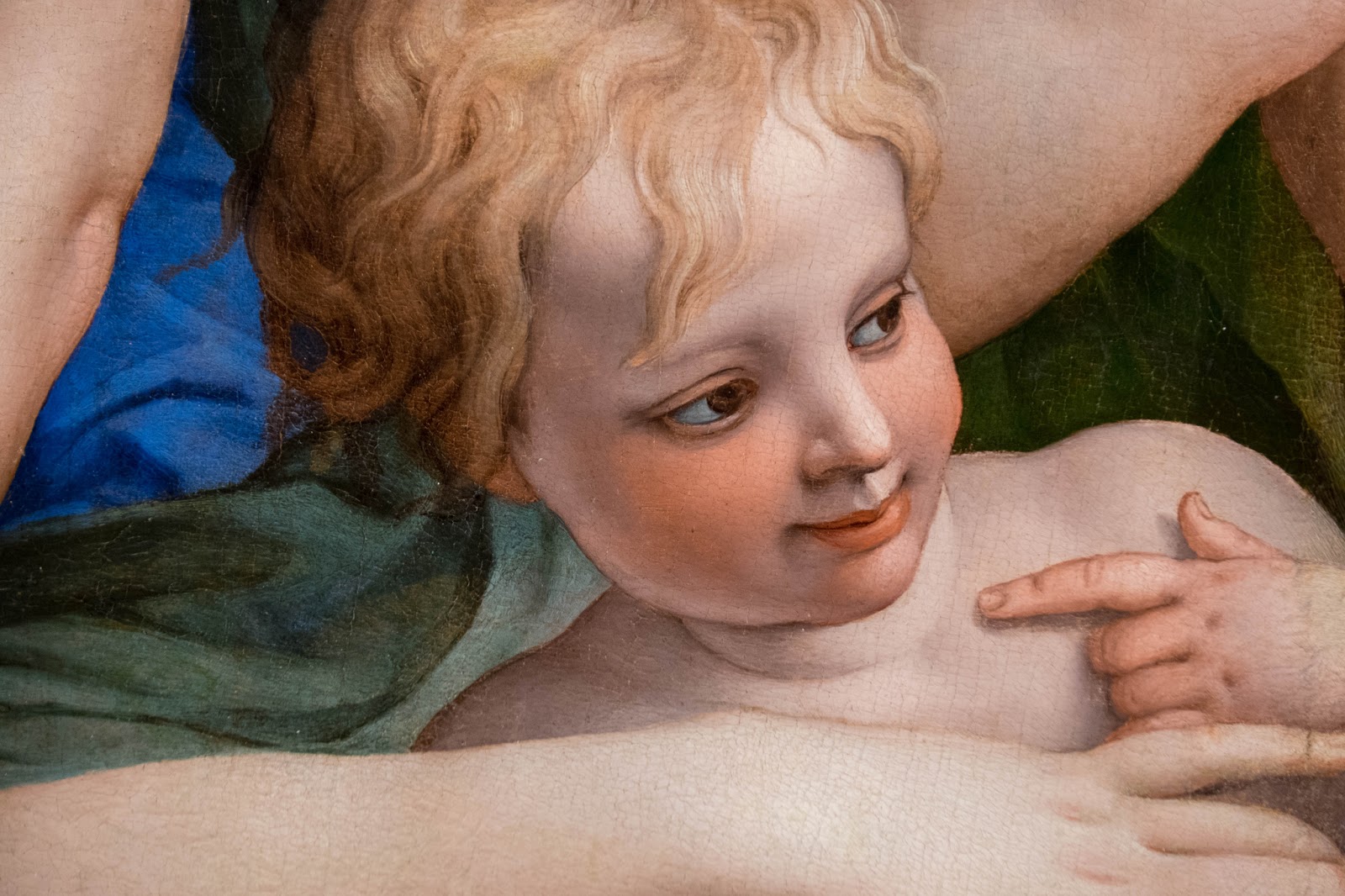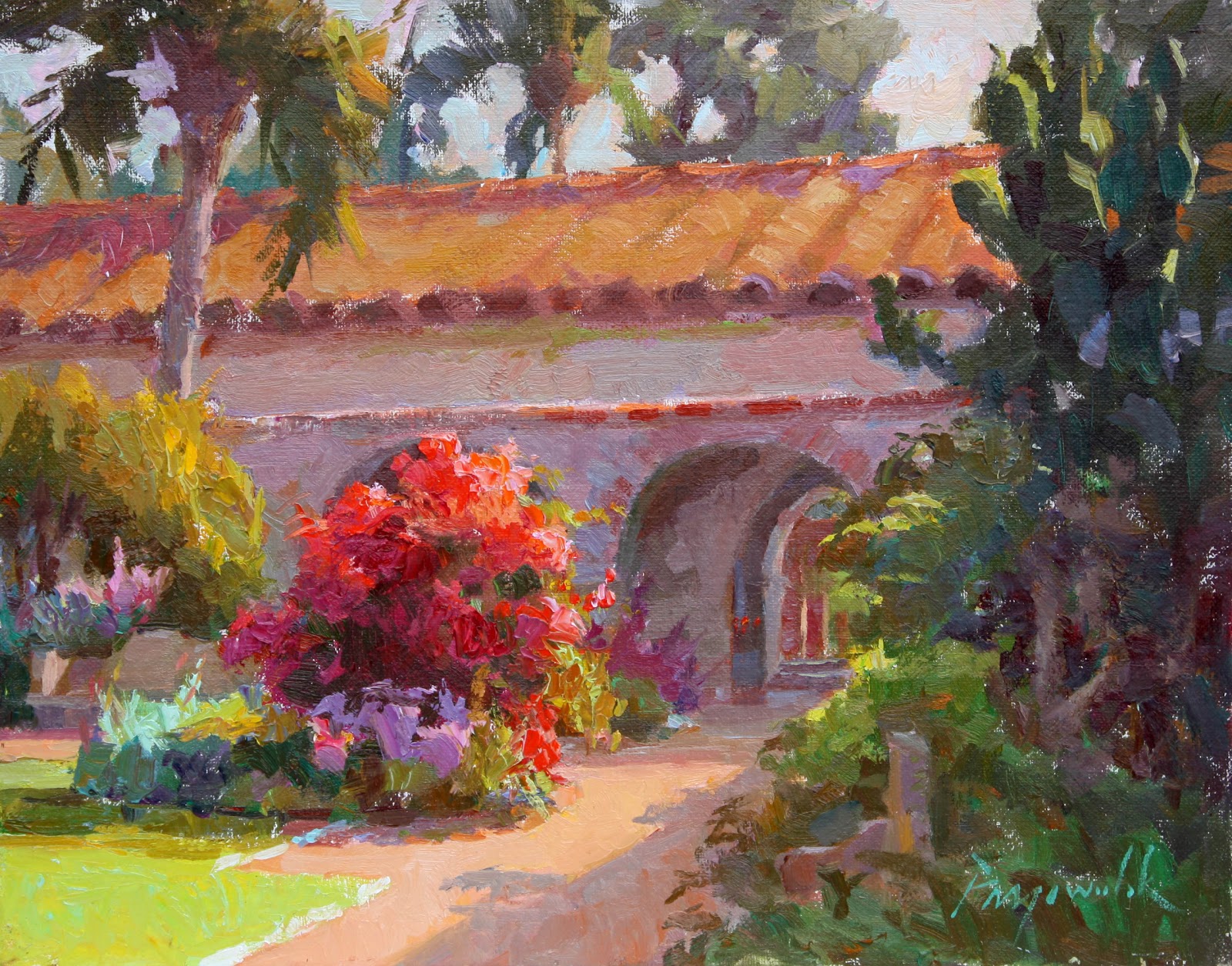
Maarten van Heemskerck | Wonders of the World, 1572
Maarten van Heemskerck (1498-1574) produced designs for a set of engravings, showing eight, rather than the usual seven wonders of the ancient world.
His addition to the conventional list was the Colosseum in Rome, which, unlike the others, he showed in ruins, as it was in his own time, with the speculative addition of a giant statue of Jupiter in the centre.
They were engraved by Philip Galle and published in 1572.

Maarten van Heemskerck | Mannerist painter
Maarten van Heemskerck Self-portrait in Rome, 1553
Maarten van Heemskerck (born 1498, Heemskerck, Holland-died 1574, Haarlem), one of the leading Mannerist painters in 16th-century Holland working in the Italianate manner.
He spent a period (c. 1528) in the Haarlem studio of Jan van Scorel, then lately returned from Italy. Van Heemskerck’s earliest works—“Ecce Homo” (Musée des Beaux-Arts, Ghent) and “St. Luke Painting the Portrait of the Virgin” (Frans Halsmuseum, Haarlem), both dated 1532—while adhering closely to the Romanist style of Scorel, seek to outdo it by dramatic lighting and illusionistic effects of plasticity.

Maarten van Heemskerck | Portrait of Machtelt Suijs, c.1540-1545
Dutch Mannerist painter Maarten van Heemskerck (1498-1574) lived in Rome for four years (1532-36) and was deeply affected by the city's art and antiquities.
Here, the half-length, seated figure, the tense yet elegant hands, and even the grotesque classical mask reflect the impact of that experience, while the love of meticulously represented textures is traditionally associated with northern European art.

Agnolo Bronzino | Descent of Christ into Limbo, 1552
Agnolo Bronzino🎨 of Florence, Italy, known as Il Bronzino🎨, was a Mannerist painter🎨. Mixing styles of the late High Renaissance🎨 into the early Baroque period, Mannerist🎨s often depicted their subjects in unnatural forms. Bronzino’s works have been described as “icy” portraits that put an abyss between the subject and the viewer.
For biographical notes and complete works by Bronzino🎨 see:

Salvator Rosa | Allegory of Fortune, 1659
Salvator Rosa (1615-1673) was one of the least conventional artists of 17th-century Italy, and was adopted as a hero by painters of the Romantic movement in the later 18th and early 19th centuries. He was mainly a painter of landscapes, but the range of his subject matter was unusually wide and included portraits and allegories...
For biographical notes and works by Rosa, see Salvator Rosa | Baroque Era style.

Salvator Rosa | Baroque painter
Salvator Rosa (1615 - March 15, 1673) was an Italian Baroque painter, poet and printmaker, who was active in Naples, Rome and Florence.
As a painter, he is best known as "unorthodox and extravagant" as well as being a "perpetual rebel" and a proto-Romantic.
He was born in Arenella, at that time in the outskirts of Naples, on either June 20 or July 21, 1615.

Camille Przewodek | Plein Air / Colorist painter
Camille Przewodek was born in Detroit, Michigan. She grew up inspired by her artistically-talented brother to pursue a career in art. After graduating with a degree in painting from Wayne State University, she migrated to the West Coast.
A perennial student, she saw fit to expand her “left brain” education with several semesters of political science at City College of San Francisco.
Later on she decided she’d like to train as a commercial artist so she enrolled at the Academy of Art College, earning a BFA in Illustration. At this point she met her future husband, Dale Axelrod, who introduced her to master painter, teacher and colorist, Henry Hensche.
Iscriviti a:
Post (Atom)


